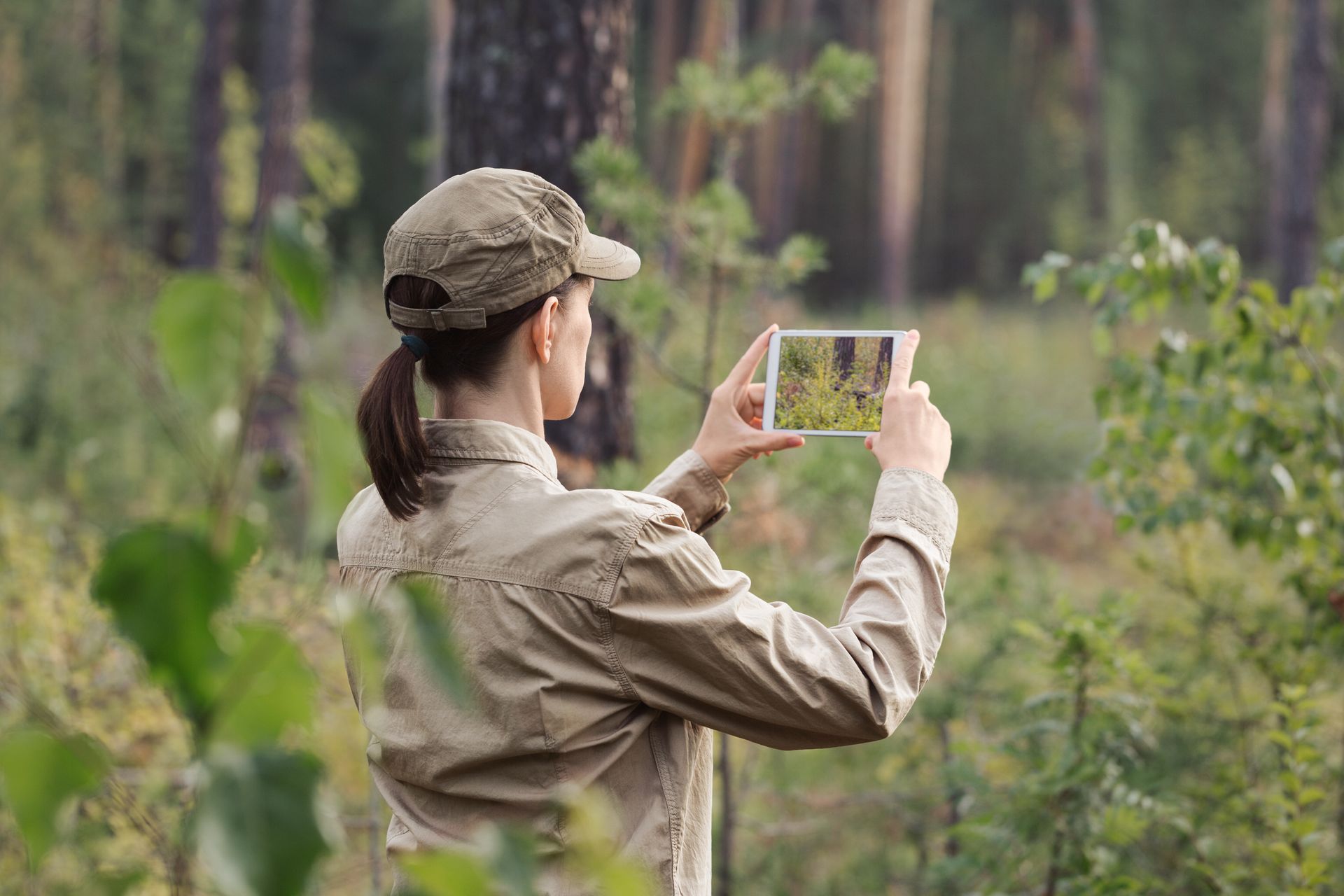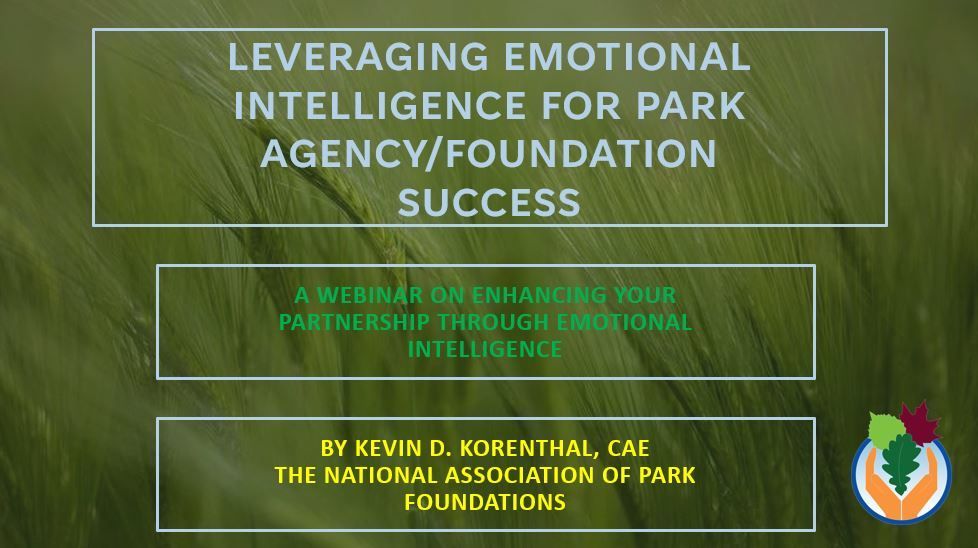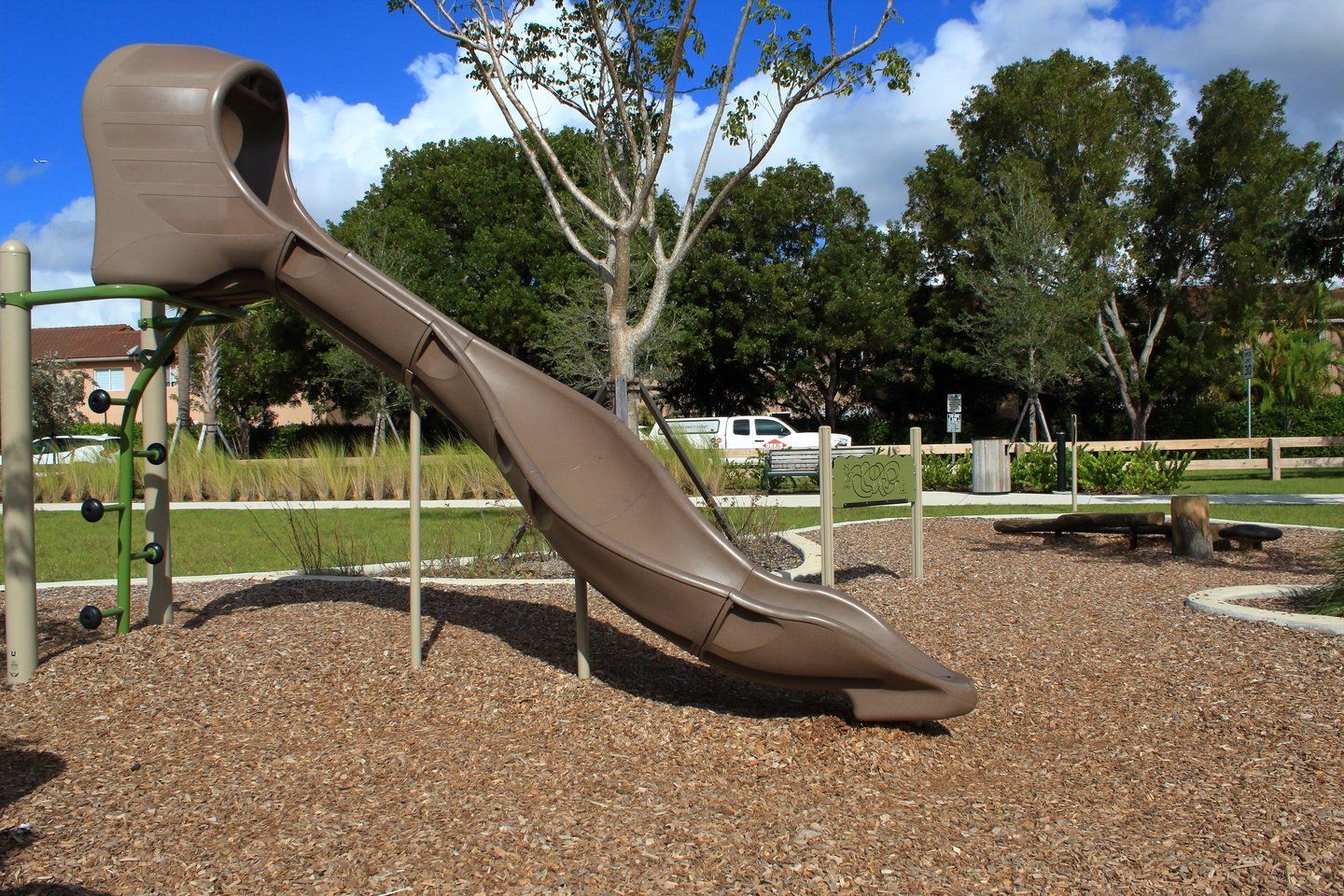Meeting the New Demands of Grant Funders: The Rise of Meaningful and Inclusive Community Engagement
This is a subtitle for your new post
By PlayCE Studio
In the ever-evolving landscape of design and planning, grant funders are increasingly prioritizing projects that demonstrate a commitment to meaningful and inclusive community engagement. This shift reflects a growing recognition of the value that community input brings to creating spaces that are truly reflective of the people who use them. According to recent data, over 60% of grant applications now require evidence of community engagement, and projects that excel in this area are twice as likely to receive funding compared to those that do not.
At the heart of this new demand is the concept of playful placemaking—a transformative approach that leverages the universal language of play to foster deeper connections, trust, and collaborative creativity within communities. But what exactly makes playful placemaking the key to meeting these new requirements?
The Power of Playful Placemaking
- Breaking Down Barriers and Creating Inclusivity: Traditional engagement methods often fall short in reaching diverse community members. Playful placemaking breaks down these barriers by inviting participation in fun, inclusive activities that encourage everyone to contribute their ideas and perspectives. This approach is especially effective in engaging underrepresented groups, ensuring a more comprehensive and authentic community input.
- Building Trust and Empathy: Play naturally builds trust and empathy among participants. When community members engage in playful activities, they are more likely to open up, share their thoughts, and collaborate effectively. This creates a foundation of trust that is crucial for meaningful engagement and the success of planning projects.
- Enhancing Creativity and Problem-Solving: Playful activities stimulate creativity and out-of-the-box thinking. By incorporating games and playful exercises into the engagement process, planners can tap into the community's collective creativity to develop innovative solutions that might not emerge through conventional methods.
- Speeding Up the Process and Leaving a Legacy of Champions: Playful placemaking not only accelerates the engagement process but also leaves a lasting impact by creating a network of community champions. Furthermore, these activities empower participants to become advocates for future projects, ensuring a legacy of proactive community involvement and sustained support for ongoing initiatives.
Statistics on Community Engagement Requirements
The emphasis on community engagement in grant applications is not just a trend; it's becoming a standard. According to the National Endowment for the Arts, 65% of their grants in 2023 mandated robust community engagement components. Moreover, a study by the Knight Foundation found that projects demonstrating high levels of community involvement had a 70% higher success rate in securing funding.
Opportunities for Meaningful Community Engagement
The rise in demand for meaningful community engagement has opened up numerous opportunities for projects that excel in this area. Grants that require comprehensive community engagement are more abundant, with funders like the Kresge Foundation and the Robert Wood Johnson Foundation leading the way. These funders not only provide financial support but also offer resources and training to help organizations improve their engagement practices.
How You Can Meet This Demand for Meaningful Engagement
As the demands from grant funders for meaningful and inclusive community engagement continue to grow, playful placemaking stands out as a key strategy for meeting these requirements. By fostering deeper connections, building trust, and enhancing creativity, playful placemaking ensures that community voices are not just heard but actively shape the planning and design process. For organizations seeking to secure funding and create impactful projects, embracing the principles of playful placemaking is not just advantageous—it's essential.
Curious to see how playful placemaking works in practice? Join us for our upcoming webinar, "Play to Engage: Transforming Community Spaces Through Playful Placemaking". We'll dive into compelling case studies that showcase the power of play in community engagement, highlighting real-world examples of success. This is an unmissable opportunity for park foundation executives and community leaders to learn how to leverage the power of play to meet grant requirements and make a lasting positive impact. Stay tuned for more details and get ready to be inspired!
Sources
National Endowment for the Arts Grants Overview - National Endowment for the Arts
Knight Foundation Community Engagement - Knight Foundation
Kresge Foundation Grantmaking - Kresge Foundation
Robert Wood Johnson Foundation - Robert Wood Johnson Foundation
These sources provide detailed guidelines and insights into the growing emphasis on community engagement in grant applications, underscoring the importance of inclusive practices in securing funding.













